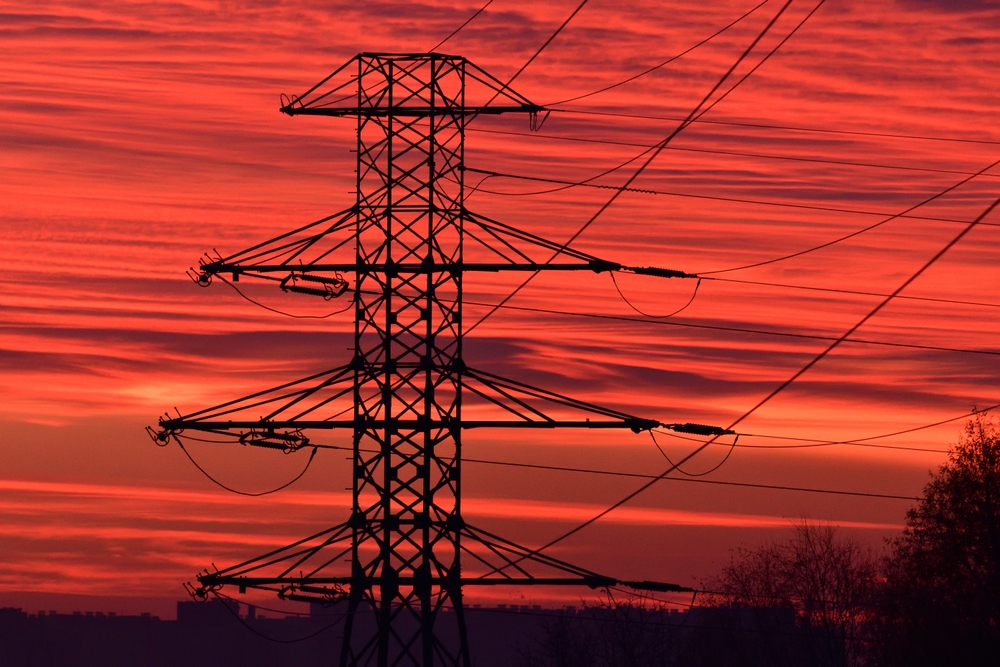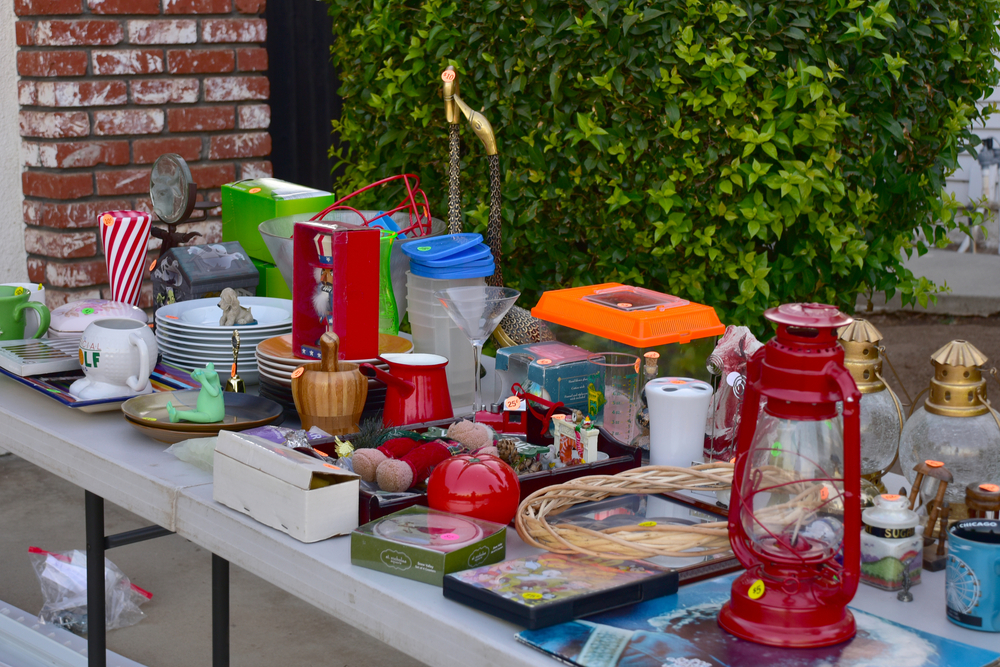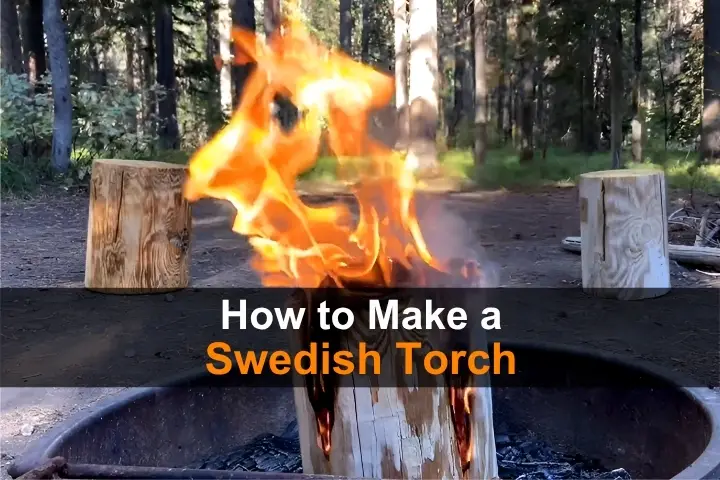Tarps are one of the most versatile tools in any prepper’s arsenal, yet many of their potential uses go unnoticed. As a seasoned prepper, I can tell you that a humble tarp can be a real lifesaver when things go south. Beyond the obvious uses like basic shelter or keeping gear dry, tarps offer tactical, survival, and logistical advantages that experienced preppers and homesteaders shouldn’t overlook.
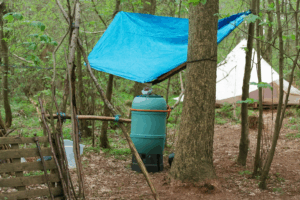
1. Water Catchment and Purification Setup
Collecting Rainwater:
In a survival scenario, securing clean water is a top priority. A tarp can become an impromptu rainwater harvesting system. String up your tarp so it forms a basin or funnel shape, with one low point directing water into a container. For example, tie the tarp’s corners to trees or poles at an angle, and place a bucket under the lowest corner or center. Rainwater will collect and run off into your container. Even a moderate rain can yield gallons of water if you maximize the tarp’s surface area.1
Solar Still Purification:
Tarps can also assist in purifying water via solar distillation. In a pinch, you can create a solar still by digging a pit, placing a container in the center with non-potable or plant-filled moisture around it, then covering the pit with a plastic tarp weighted down at the center. The sun will evaporate water from the soil or vegetation; it condenses on the underside of the tarp and drips into the container as distilled water. This setup uses the tarp as a cover that purifies water by evaporation and condensation.2 It’s slow – yielding maybe a few cups of water on a sunny day – but it can draw water from soil or even saltwater.

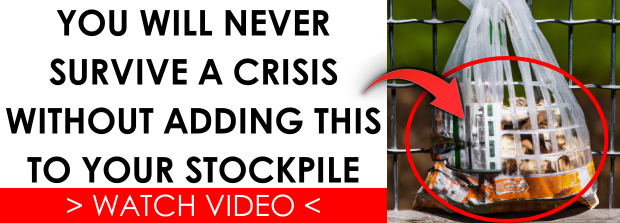 2. Improvised Stretcher
2. Improvised Stretcher
Accidents happen in homesteads and survival situations – someone could break a leg or collapse from exhaustion. When you need to evacuate an injured person and no stretcher is available, a sturdy tarp becomes a makeshift stretcher. To do this, fold the tarp in half (or even double-layer it if it’s thin) to increase its strength. Lay two strong poles or saplings along each long side of the tarp and then roll the edges inwards around the poles. The tarp wrapped around these poles creates a cot-like support (as shown in the illustration above). With 2–4 people, you can carry the victim by the poles, keeping them relatively stable and off the ground.3 Even without poles, four people can grab the tarp’s corners and edges to carry someone in a pinch.

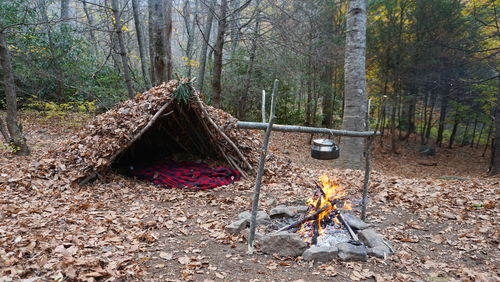 3. Hidden Shelters or Camouflage for Gear and Supplies
3. Hidden Shelters or Camouflage for Gear and Supplies
When you want to stay hidden or keep your supplies under wraps, a tarp can be your best friend. We’re not talking about a bright blue tarp flapping in the wind – choose a brown, green, or camo tarp to blend with natural surroundings. You can rig a low-profile shelter or cover a cache of supplies so they escape casual observation. For instance, string up a camo tarp as a simple lean-to against a rock outcrop or between thick trees, and then scatter leaves and branches on it. This creates a concealed shelter that breaks up your outline and avoids catching the eye of passersby. Hunters often use this trick to make a quick blind: a camo tarp pup-tent can hide you while you observe game, and it works both for hunting or staying undetected by other people.4 The key is to mimic the environment – a single flat color tarp can still stick out, so augment it. Toss local vegetation on top, mud-stain any obviously synthetic sheen, and feather the edges into the landscape. A good camouflage tarp setup can let you camp in stealth mode or guard your location without broadcasting it.
Tarps are also excellent for camouflaging gear and stockpiles. Perhaps you have a stack of supplies, firewood, or a parked vehicle that you’d rather not advertise to the world. Just throw a camo tarp over it and weigh down or tie the edges so wind doesn’t expose anything.5 Unlike a hard structure, a tarp can take an irregular shape, disguising the telltale outline of whatever’s beneath. I’ve covered ATVs and fuel drums with tarps and a heap of brush so they couldn’t be spotted from a distance – it works. Even a plain earth-tone tarp helps gear look like a random patch of ground from afar. If you’re in snowy terrain, a white or snow-camo tarp does the same against a snowy backdrop.
4. Emergency Roofing and Windbreaks
When a storm rips a hole in your roof or blows out a window, you’ll need a quick fix to keep out rain and wind. Enter the trusty tarp. Emergency responders and savvy homeowners alike use tarps to cover damaged roofs after hurricanes and tornadoes – those bright blue tarps you see on houses post-storm are doing an important job. A heavy-duty tarp can be stretched over a roof gap or broken window as a temporary patch, keeping water out until proper repairs can be made. To do this effectively, choose the thickest, most tear-resistant tarp you have (canvas or heavy poly). Lay it over the damaged section with plenty of overlap beyond the hole. Secure it tightly: nail wooden strips along the edges of the tarp into the intact roof (if nailing into a roof, aim for the eaves or trusses, not just into flimsy sheathing), or tie the tarp off to sturdy anchor points like chimney bases or heavy rocks on the roof. The goal is to create a waterproof seal.6
Beyond roofing, tarps shine as windbreaks around a camp or homestead. Erect a tarp on the windward side of your tent or fire pit to block biting winds. For example, you can string a tarp between two trees or poles, facing the incoming wind, like a wall. This simple barrier makes a huge difference in comfort.
5. Thermal Insulation and Snow Reflection
Staying warm in cold conditions is a matter of life and death, and a tarp can contribute more than you might expect to thermal insulation. In an economic crisis or grid-down winter, you might need to section off part of your house to heat only that area – hanging tarps over doorways or hallways can help isolate and trap heat where you need it.7 A tarp “curtain” stops drafts and effectively shrinks the space you have to warm. For instance, you can nail or tape tarps over the open stairwell to an unheated basement, or partition one room off as the sleeping area. This keeps your body heat (or woodstove heat) from dissipating through the whole building. Tarps aren’t as good an insulator as a wool blanket (they’re thin and usually not lined), but they block airflow, which is half the battle.
Now, about snow reflection: Snow is tricky – it’s both an insulator and a reflective surface. Bright sun on snow can actually give you a sunburn (the UV reflects up). A tarp can mitigate some snow-related problems. If you lay a dark-colored tarp out on top of snow on a cold sunny day, it will absorb solar radiation and heat up, which can melt the snow beneath it faster than sunlight alone. This is useful if you want to create a water source or clear an area of snow without shoveling.

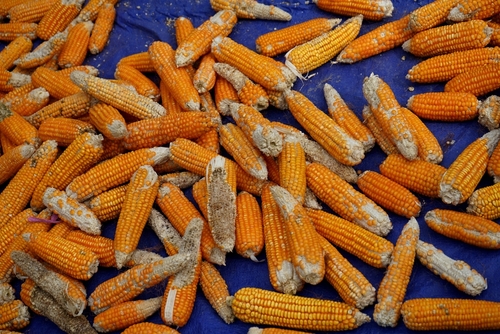 6. Food Drying and Processing Surface
6. Food Drying and Processing Surface
Preserving food is crucial for long-term survival, and a tarp can assist as a ready-made food drying surface. In many traditional cultures, people dry grains, fruits, and fish by laying them out in the sun on large mats or tarps. As a prepper or homesteader, you can do the same to dehydrate food without electricity. For example, if you have extra apples, sliced thin, you can sun-dry them on a clean tarp. Spread the tarp in a sunny, dry area, and if possible elevate the ends or place it on a gentle slope so moisture drains off. Arrange your produce or meat in a single layer. The tarp keeps them off the dirt and is easy to clean later. If you’re in a low-humidity climate with good sun, this method works well – many veggies or fruits can dry in a day or two of good weather.
Flies and bugs love food on a tarp, so consider draping a piece of tulle or window screen over the food, supported by sticks or wire, so it doesn’t touch the food but creates a bug barrier.
Tarps also come in handy during other food processing chores. When threshing grains or shelling dried corn, you can do it on a tarp so that every kernel or seed is caught. Afterward, just pick up the corners of the tarp to pour the collected grain into storage containers. This sure beats picking through the dirt for spilled seeds!
If you’re making jerky or smoking meat and need a place to stage the cuts, a tarp on the ground keeps your meat clean. In a pinch, a tarp can act as the walls or roof of a solar dehydrator frame, too. Imagine a simple A-frame over a reflective tarp base; the tarp traps solar heat and the racks inside dry the food.
For homesteaders, tarps are great during harvest time: lay one under fruit trees when you shake them to collect fallen fruit, or use a tarp to carry large quantities of harvested corn, potatoes, etc. from field to shed.

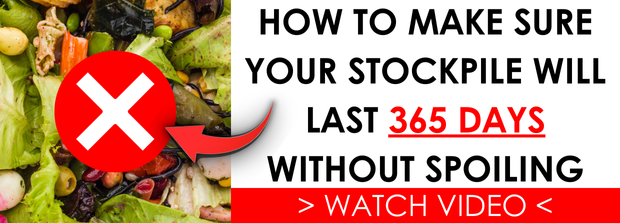 7. Makeshift Smokehouse Cover
7. Makeshift Smokehouse Cover
Smoking meat or fish is a tried-and-true method of preservation, and in a survival setting you might need to jury-rig a smokehouse out of whatever you have. Tarps can serve as the walls or cover of an improvised smoker, containing the smoke around the food. The classic example is the bushcraft smoking teepee: set three or four long poles in a tripod, hang your meat or fish on sticks inside, and wrap a tarp around the tripod to form a conical tent. Leave a small gap at the top for smoke to escape (and not smother your fire). Build a small, smoldering fire at the base (outside the tarp or at least shielded) so it produces a lot of smoke with minimal flame. The tarp will trap the smoke inside the teepee, bathing your meat in that preserving haze.
However, there’s an important consideration: not all tarps are suited for this job. Plastic/polyethylene tarps can melt or release toxic fumes if they get too hot.8 You don’t want your carefully hunted venison roast coated in petrochemical residue – or worse, catching your tarp on fire. If you plan to use a tarp for a smokehouse, canvas tarps are greatly preferred.9 Canvas is naturally more heat-resistant and doesn’t off-gas nasty chemicals like a plastic tarp might when warm. In one online discussion, an experienced user strongly warned a DIY smoker builder who used a plastic tarp: if it has water-resistant coatings or synthetic fibers, high heat can leach chemicals into the smoke. In short, you’d be flavoring your meat with endocrine disruptors – no thanks! The advice is to switch to a natural material tarp (cotton canvas) with no harmful coatings.8 Canvas might singe, but it won’t melt, and any smoke that comes off it is just wood fiber, not plastic.
In conclusion
Those dusty tarps in your garage are far more than mere ground sheets or rain covers. With a bit of creativity and practical know-how, they become water harvesters, stretchers, hidden bunkers, makeshift roofs, insulating blankets, food dryers, smoking sheds – truly a hero of multi-functionality in survival situations. Seasoned preppers already love items that serve multiple purposes, and the tarp is a champion in that category: cheap, durable, and adaptable. Next time you pack your gear or work on your homestead contingency plans, give tarps the respect they’re due. Throw in an extra one (or five) in your bug-out vehicle. You’ll find that these 7 uses are just the tip of the iceberg – once you start using tarps in creative ways, you’ll invent even more on your own, joining the ranks of tarp-savvy survivors. As the saying (almost) goes: “If in doubt, tarp it out.” 9 10
Read the full article here








